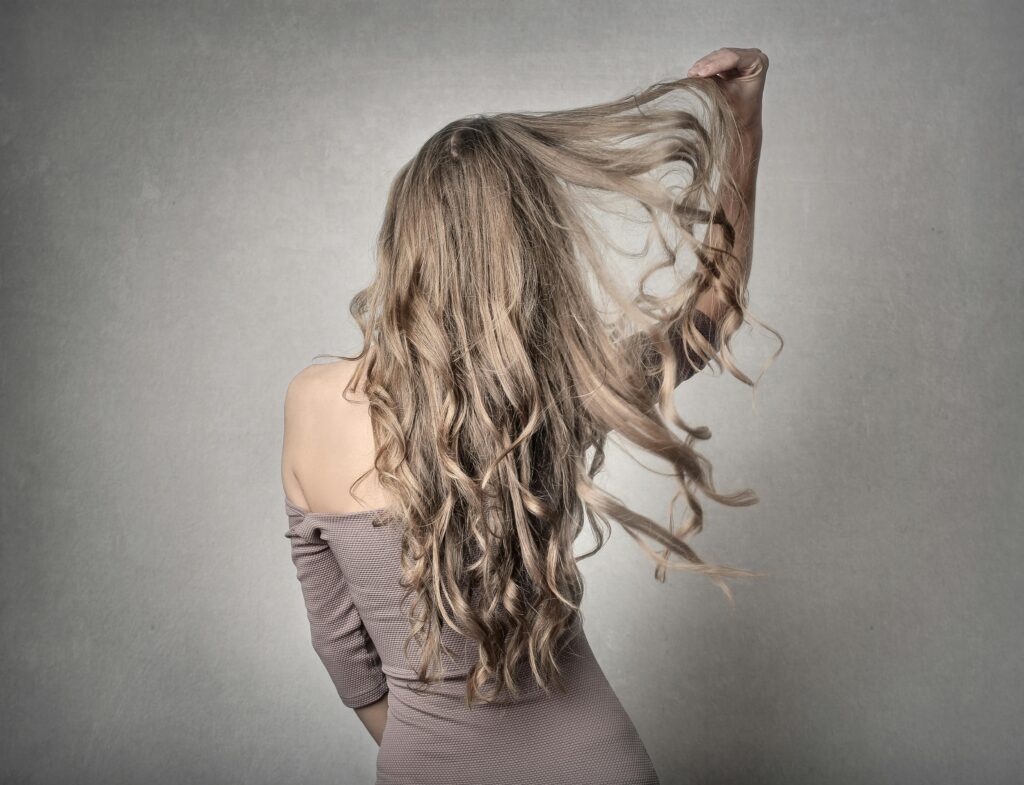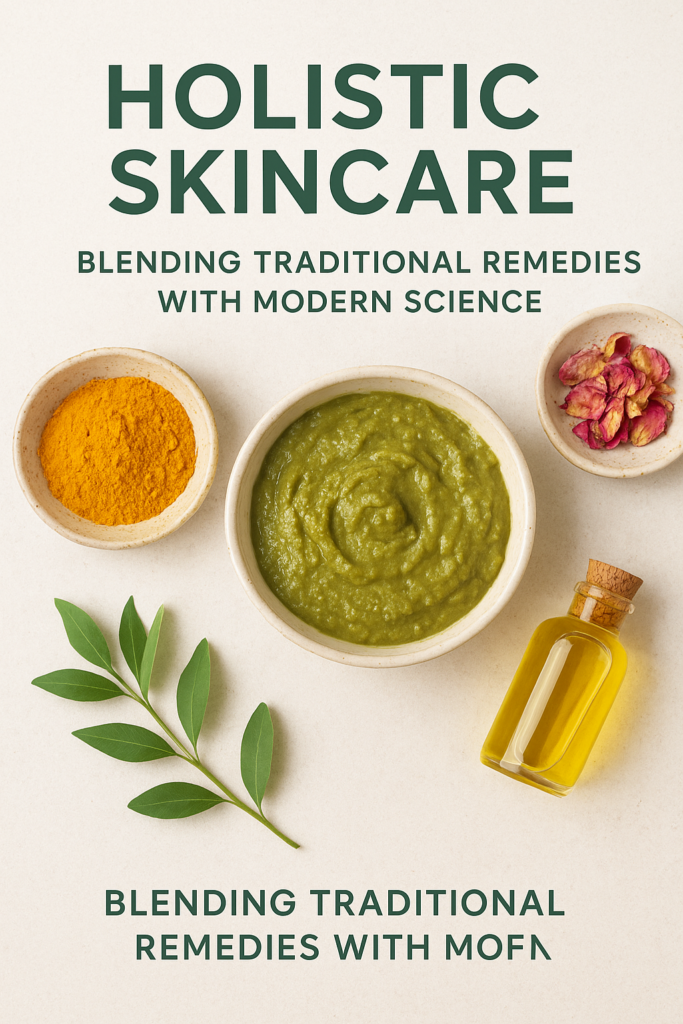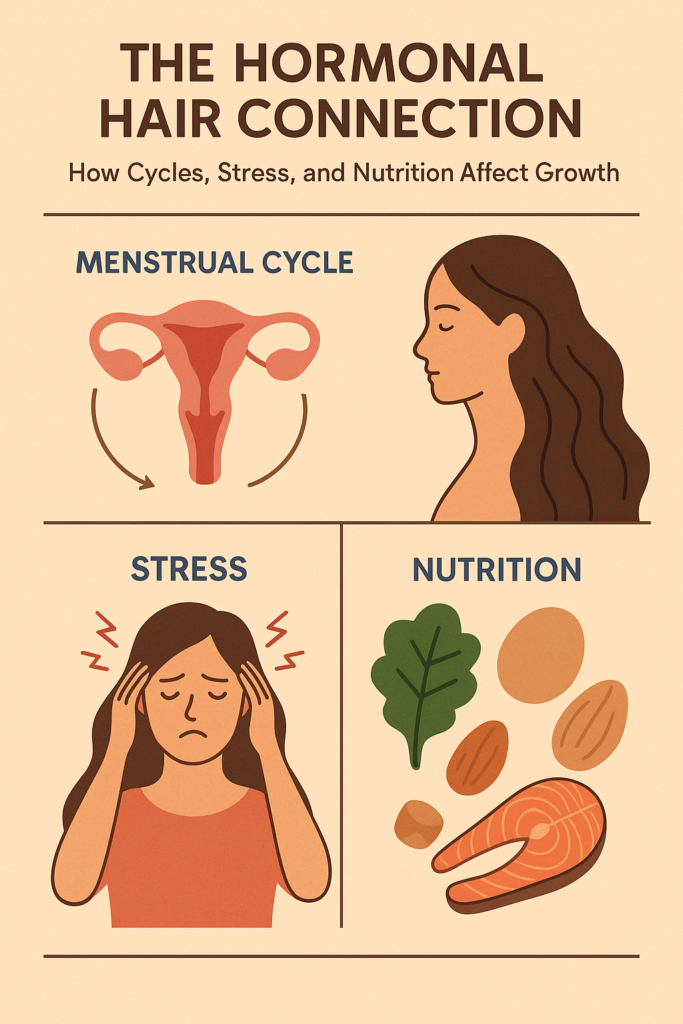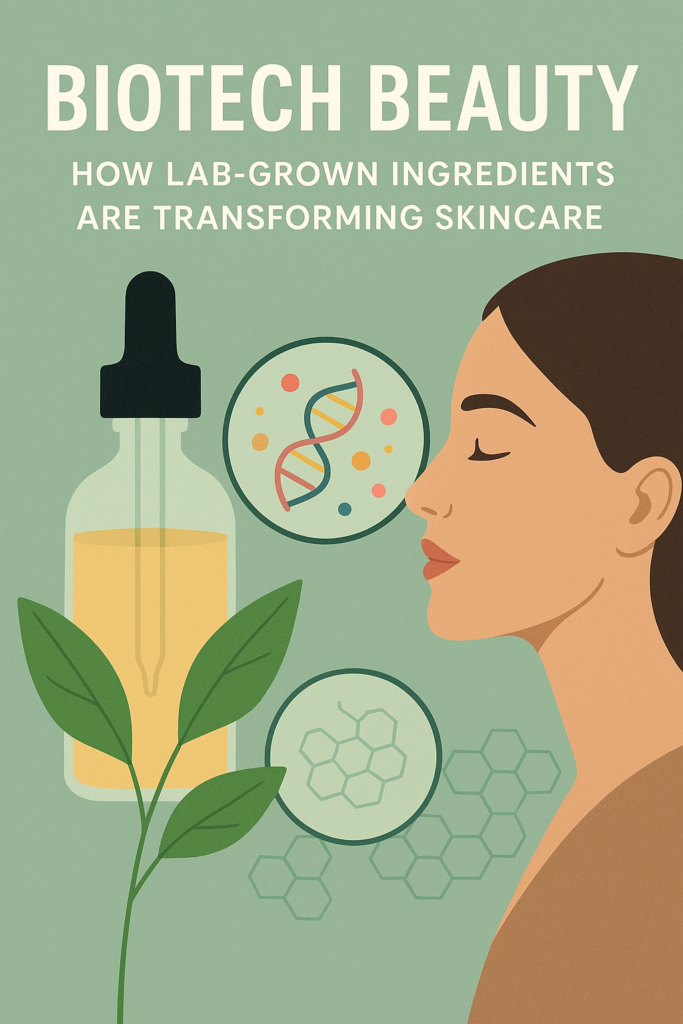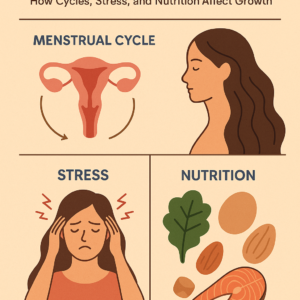Hair Loss After COVID – Understanding Telogen Effluvium and How to Treat It
Hair loss is never easy to deal with, but for many people recovering from COVID-19, it has become an unexpected and distressing aftermath. This condition, known as telogen effluvium, is a form of temporary hair loss that occurs after stress, shock, or a traumatic event — including illness. While it can be alarming to experience significant shedding, especially post-COVID, the good news is that it’s often reversible with the right approach.
In this comprehensive guide, we’ll explore what telogen effluvium is, how COVID-19 is linked to it, signs to look out for, and the most effective natural and clinical treatments available. Whether you’re seeing hair in your brush or just want to protect your strands, this article will walk you through everything you need to know to support healthy hair regrowth.
1. What Is Telogen Effluvium?
Telogen effluvium (TE) is a condition characterized by diffuse hair shedding that typically appears two to three months after a triggering event. In a healthy scalp, 85-90% of hair follicles are in the anagen (growth) phase, while the remaining 10-15% are in the telogen (resting) phase. With TE, a larger number of hairs prematurely enter the telogen phase, resulting in excessive shedding.
Common triggers include:
- High fever
- Surgery or trauma
- Significant emotional stress
- Nutritional deficiencies
- Hormonal imbalances
- Illnesses like COVID-19
2. Why COVID-19 Can Lead to Hair Loss
COVID-19 impacts the body in several ways that can trigger telogen effluvium:
- Inflammatory response: The cytokine storm associated with COVID-19 can disrupt the hair growth cycle.
- Fever and illness: These physical stressors can push hair follicles into the resting phase prematurely.
- Emotional stress: Isolation, anxiety, and mental health challenges during illness or recovery also play a role.
- Nutrient depletion: Illness can reduce appetite and nutrient absorption, depleting essential vitamins and minerals for hair health.
Research from the American Academy of Dermatology confirms a notable rise in telogen effluvium cases post-pandemic, with many patients reporting shedding 2-3 months after infection.
3. Recognizing the Symptoms
Unlike androgenic alopecia or patchy hair loss conditions like alopecia areata, telogen effluvium presents with generalized thinning. Look for:
- Increased hair on your pillow, brush, or in the shower
- Noticeable hair fall when gently tugging strands
- A less dense ponytail
- Shedding that peaks around 3 months after illness and lasts 3-6 months
TE rarely leads to complete baldness and usually resolves with time.
4. How Long Does Post-COVID Hair Loss Last?
For most people, TE caused by COVID-19 is self-limiting and temporary. Shedding tends to:
- Begin 2-3 months after recovery
- Peak for 1-2 months
- Subside over 6 months as hair follicles re-enter the growth phase
However, chronic telogen effluvium (lasting more than 6 months) can develop if underlying issues persist, such as ongoing stress, hormonal imbalance, or nutrient deficiencies.
5. Best Practices to Support Regrowth
While patience is essential, you can encourage recovery with these steps:
a. Gentle Hair Care
- Avoid tight hairstyles and heavy brushing
- Use sulfate-free, nourishing shampoos and conditioners
- Limit heat styling and harsh treatments
b. Balanced Nutrition
- Focus on a diet rich in iron, zinc, biotin, vitamin D, and protein
- Consider supplements if blood tests show deficiencies
- Hydrate well to support scalp health
c. Scalp Massage
- Stimulates blood flow to follicles
- Use nourishing oils like rosemary, peppermint, or castor oil 2-3 times a week
d. Stress Management
- Practice mindfulness, yoga, or breathing exercises
- Seek therapy or support if stress or anxiety is overwhelming
e. Topical Treatments
- Minoxidil (Rogaine) can help speed up regrowth in some cases
- Natural serums with caffeine, niacinamide, or peptides may also support regrowth
6. When to See a Dermatologist
If your hair loss persists beyond six months, worsens, or is accompanied by scalp inflammation, it’s time to consult a dermatologist. They may perform:
- Scalp examination
- Hair pull test
- Blood tests (thyroid, iron, vitamin D)
- Trichoscopy
These assessments help rule out other causes like alopecia areata, androgenic alopecia, or autoimmune conditions.
7. Natural Remedies That Show Promise
Several natural treatments have shown encouraging results:
- Pumpkin seed oil: May block DHT and reduce hair loss
- Amla oil (Indian gooseberry): Strengthens hair and promotes growth
- Green tea rinses: Packed with antioxidants and can reduce inflammation
- Horsetail extract: Rich in silica, supports stronger hair strands
- Adaptogens like ashwagandha: Help the body cope with stress
8. Real Stories: Recovering from Post-COVID Hair Loss
Many individuals have turned to online communities to share their journey. While experiences vary, a common theme is the reassurance that hair does return with time and care. Most report seeing new baby hairs within a few months of consistent scalp care, lifestyle changes, and gentle routines.
9. Sample Routine for Hair Recovery
Morning:
- Drink warm water with lemon (boosts digestion)
- Take a multivitamin with breakfast
- Use a mild, stimulating shampoo with rosemary or caffeine
Evening:
- Gentle scalp massage with amla or rosemary oil
- Deep condition with a hydrating mask once a week
- Avoid screen time before bed and prioritize sleep hygiene
10. Final Thoughts: Healing Takes Time, but It Happens
Hair loss after COVID-19 can be emotionally taxing, but it is usually a temporary condition that resolves naturally with support. Focus on holistic recovery: nourish your body, reduce stress, be gentle with your scalp, and stay patient. Your hair follicles are resilient and will likely return to their natural rhythm in time.
Remember: you’re not alone, and your hair can and will grow back. Honor your healing process—both inside and out.
Holistic Skincare
Holistic Skincare – Blending Traditional Remedies with Modern Science In the ever-evolving world of beauty,…
A Conexão Capilar Hormonal
The Hormonal Hair Connection – How Cycles, Stress, and Nutrition Affect Growth Hair is often…
Biotech Beauty – How Lab-Grown Ingredients Are Transforming Skincare
The Rise of Biotech in the Beauty World In recent years, the beauty industry has…
Natural Fragrance Oils vs. Synthetic Perfumes
Natural Fragrance Oils vs. Synthetic Perfumes – What’s Better for Your Skin? Perfume is often…
Herbal Face Steaming Rituals from Around the World
Herbal Face Steaming Rituals from Around the World – Detox, Relax, Glow In today’s fast-paced,…
The Crystal Skincare Trend – Beauty Tools Charged with Energy
In the ever-evolving world of beauty and wellness, a fascinating trend is capturing the attention…
Forest Beauty
Forest Beauty – How Nature-Based Rituals Like Shinrin-Yoku Enhance Skin and Mood In an age…
DIY Rice Water and Fermented Rinses
DIY Rice Water and Fermented Rinses – Do They Really Work for Hair Strengthening? In…
Caffeine for Hair Growth
Caffeine for Hair Growth – What the Science Says and How to Use It In…
Hair Loss After COVID
Hair Loss After COVID – Understanding Telogen Effluvium and How to Treat It Hair loss…
The Rise of Ayurvedic Hair Care in the U.S.
The Rise of Ayurvedic Hair Care in the U.S. – Herbs and Rituals for Stronger…
Scalp Health Is the New Skincare
Scalp Health Is the New Skincare – Treatments That Start at the Root In the…
The Retinol Revolution
The Retinol Revolution – Gentle Alternatives for Sensitive Skin Without Sacrificing Results Retinol has long…
The Power of Probiotic Skincare
The Power of Probiotic Skincare – Balancing the Skin Microbiome Naturally The term “microbiome” has…
Blue Light and Your Skin
Blue Light and Your Skin – The Hidden Damage of Screen Exposure and How to…
Slugging 2.0
Slugging 2.0 – Advanced K-Beauty Hydration Technique That’s Taking Over TikTok Beyond Basic Slugging In…
The Rise of Skin Cycling
The Rise of Skin Cycling – How to Build a Rotating Skincare Routine for Maximum…
Reflexology and Its Effects on Health and Beauty
Healing Through the Feet – Reflexology and Its Effects on Health and Beauty In today’s…
Natural Remedies for Skin Spots
Natural Remedies for Skin Spots – Little-Known Alternatives That Really Work Skin spots, also known…
Therapeutic Tattoos
Therapeutic Tattoos – How Tattoos Can Help Boost Self-Esteem for People with Scars Scars tell…
Functional Nutrition for Skin and Hair
Functional Nutrition for Skin and Hair – How Specific Vitamins and Minerals Impact Beauty Your…
Natural Hair Smoothing
Natural Hair Smoothing – Chemical-Free Alternatives for Sleek, Straight Hair For those seeking sleek, straight…
Skin Flooding
Skin Flooding – The New Intensive Hydration Technique for Radiant Skin The skincare world is…
Sunbathing and Collagen Production
Sunbathing and Collagen Production – How to Balance Sun Exposure Without Damaging Your Skin Sunlight…
Teas and Infusions for Glowing Skin
Teas and Infusions for Glowing Skin – Natural Recipes for Radiant Beauty The secret to…
How Sleep Quality Affects Beauty
How Sleep Quality Affects Beauty – Techniques to Improve Sleep and Skin We often hear…
Borage Oil for PMS and Skin
Borage Oil for PMS and Skin – How This Supplement Can Help Borage oil is…
Aromatherapy for Stress and Beauty
Aromatherapy for Stress and Beauty – Essential Oils That Balance Mind and Body Aromatherapy has…
Hormones and Skin Aging
Hormones and Skin Aging – How Balancing Hormones Can Improve Appearance Aging is a natural…
Ancestral Beauty
Ancestral Beauty – Natural Techniques Used by Different Cultures Throughout History Beauty has been an…

